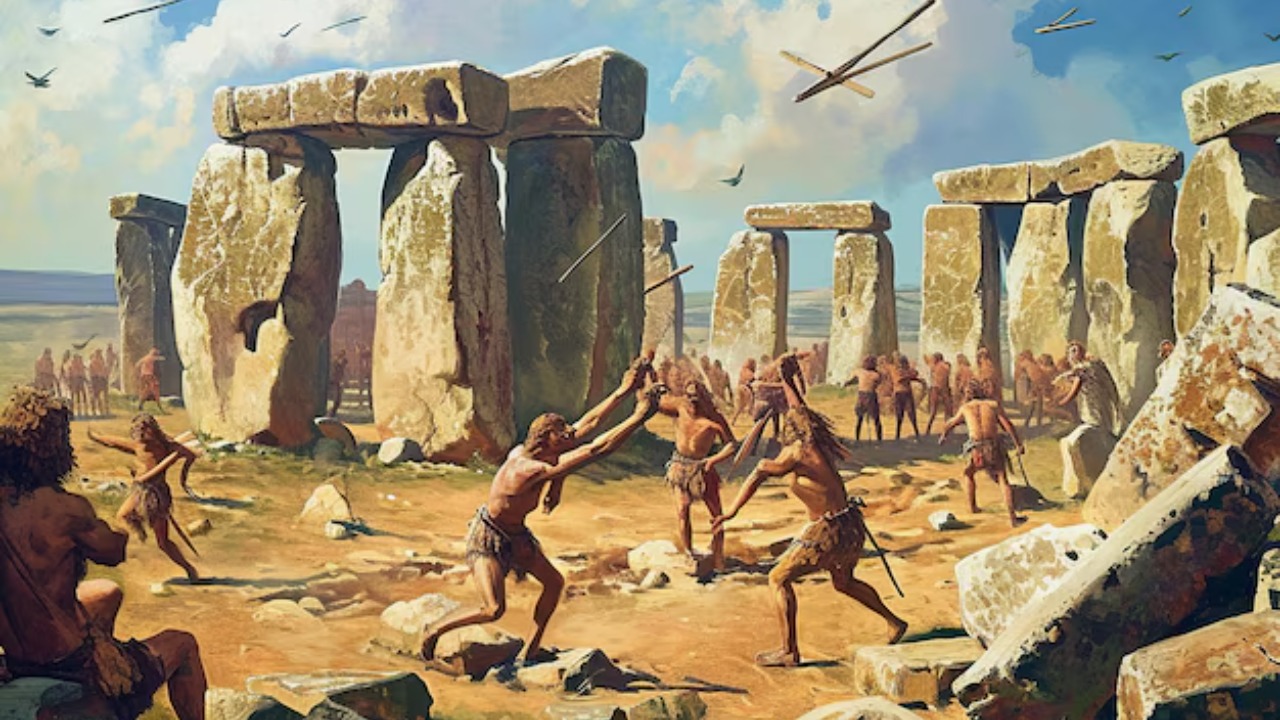
Delving into ancient history often leads us to civilizations that are both fascinating and enigmatic. While some, like Egypt and Rome, are well-documented, others remain shrouded in mystery. Here are seven ancient civilizations about which we know surprisingly little, each offering a glimpse into humanity’s past.
The Norte Chico Civilization
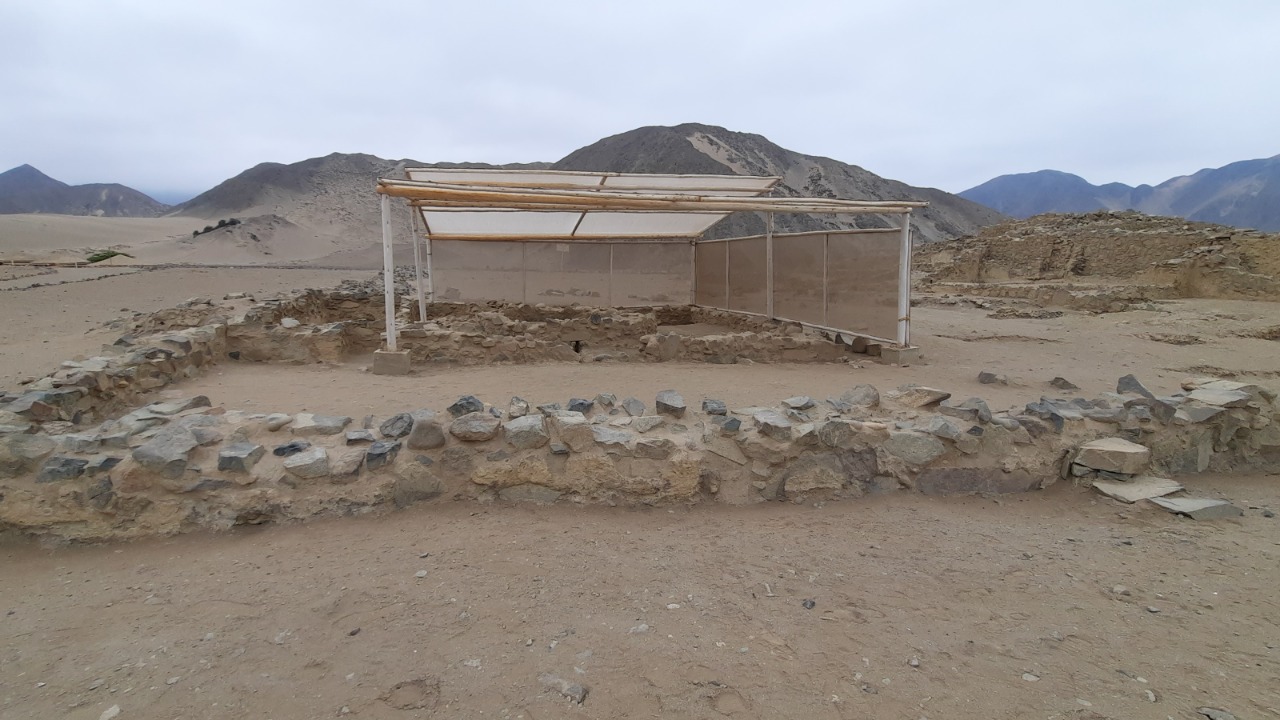
The Norte Chico civilization, located in modern-day Peru, is one of the world’s oldest known cultures. Flourishing around 3500 BCE, it predates the famed Inca Empire by millennia. Despite its ancient roots, much of Norte Chico’s ways of life remain a mystery. Archaeologists have unearthed monumental architecture, but the absence of ceramics and scant evidence of art or writing leaves open many questions about their social structure and daily life. You can learn more about these early societies in this detailed exploration.
The Indus Valley Civilization
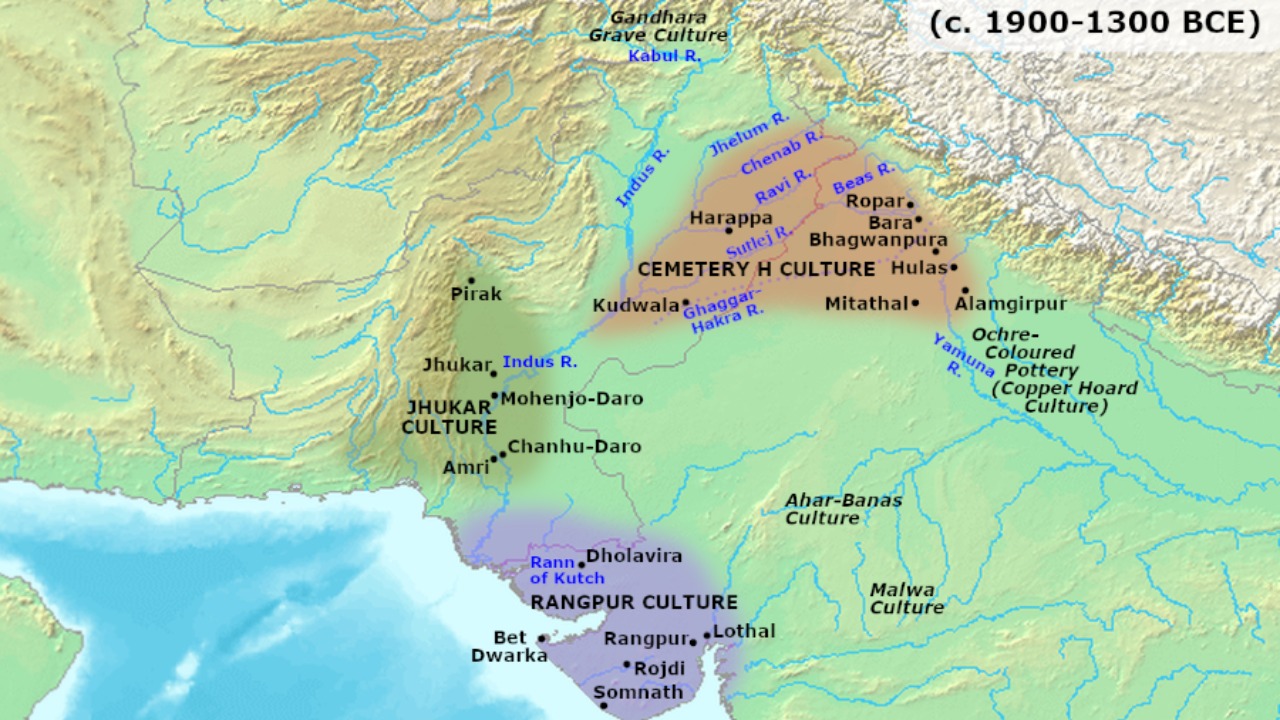
The Indus Valley Civilization, spanning modern-day Pakistan and northwest India, thrived around 2500 BCE. Known for its advanced urban planning, the civilization boasted sophisticated drainage systems and standardized weights. However, their script remains undeciphered, leaving significant gaps in understanding their culture, governance, and eventual decline. The Indus Valley’s enigmatic nature continues to intrigue scholars and historians alike.
The Minoan Civilization
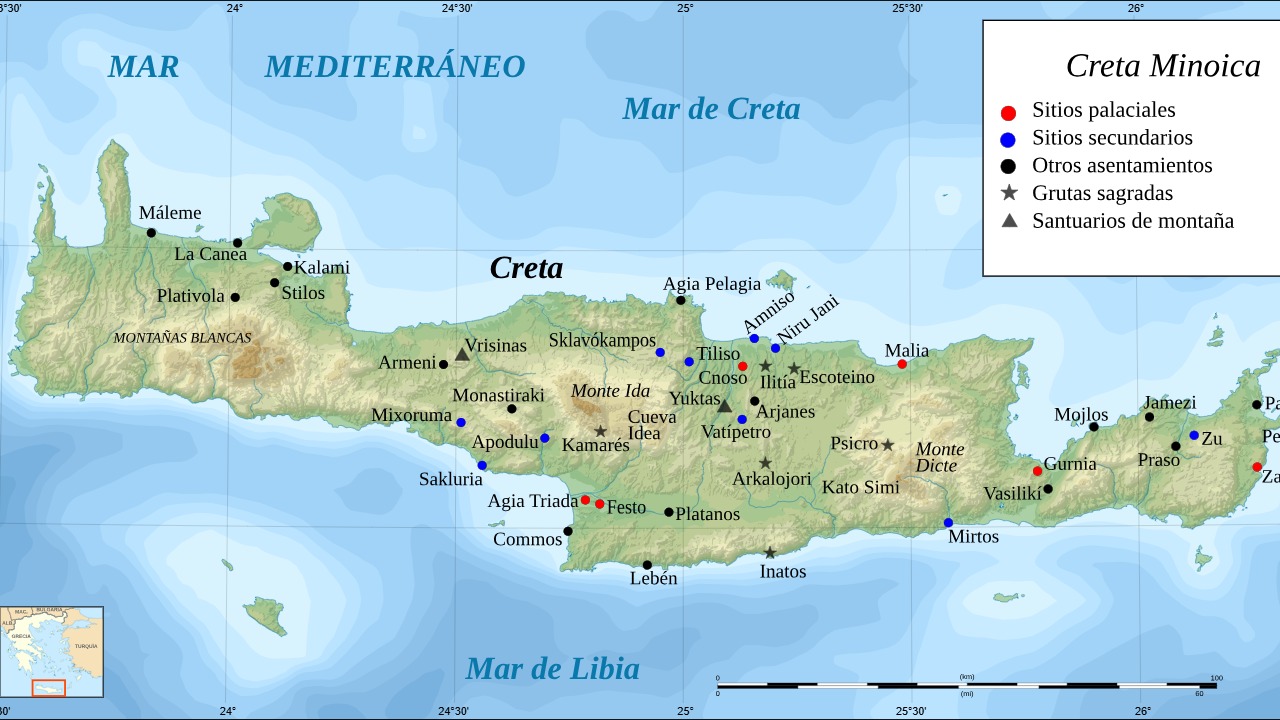
The Minoan Civilization emerged on the island of Crete around 2600 BCE, renowned for its vibrant art and complex architecture, including the famous palace of Knossos. Despite their influence on Greek culture, much about the Minoans remains unclear, particularly their language and the reasons for their decline. Archaeological evidence suggests a society rich in trade and ritual, yet the finer details of their social and political systems are largely unknown.
The Elamite Civilization

Elam, situated in present-day southwestern Iran, was a formidable entity in the ancient Near East. Known for its fierce rivalry with Mesopotamian states, Elam’s history stretches from the 4th millennium BCE. Despite their long-standing presence, much of Elamite culture, language, and history remain elusive. The civilization’s complex relationship with neighboring powers adds layers to its mystery, as explored in this academic study.
The Nok Culture

The Nok culture, flourishing in present-day Nigeria between 1000 BCE and 300 CE, is renowned for terracotta sculptures. These artifacts point to a sophisticated society, yet little is known about their social structures, technology, or reasons for their mysterious disappearance. The lack of written records and sparse archaeological findings make the Nok culture one of Africa’s most enigmatic historical cultures. For more on lesser-known civilizations, check out this list.
The Hittite Empire
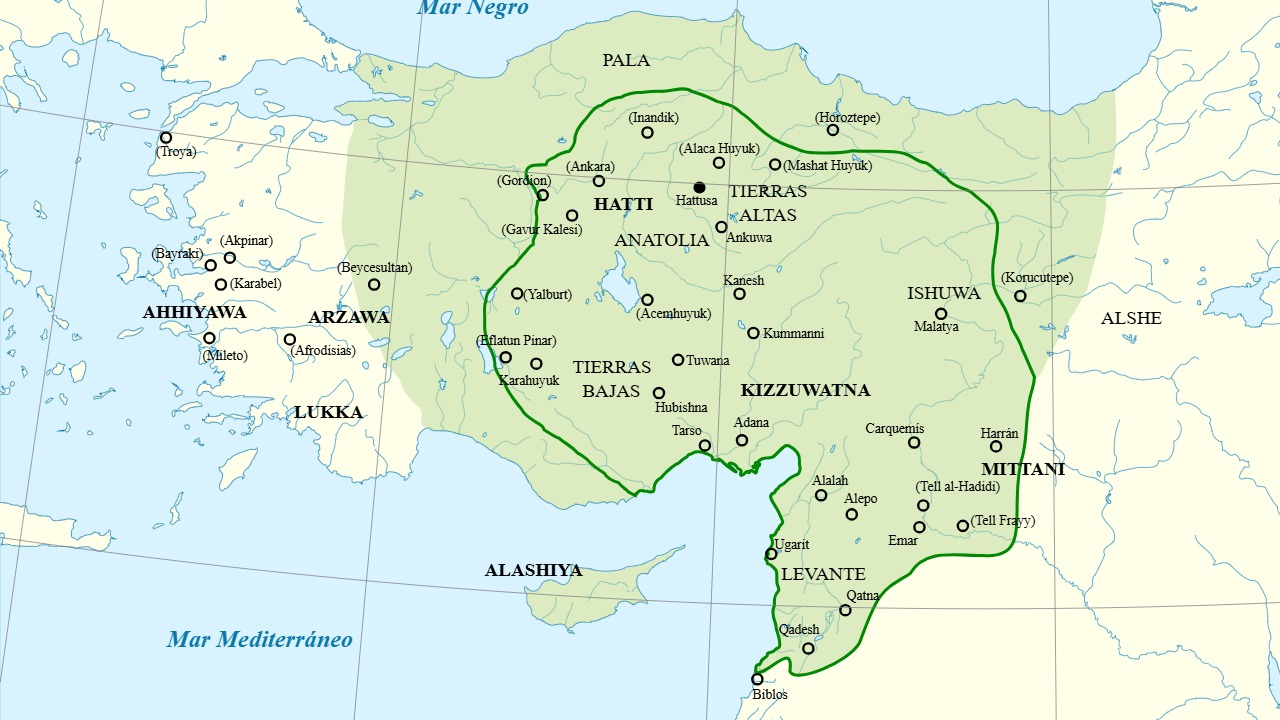
The Hittite Empire, based in what is now Turkey, was a major power in the Late Bronze Age. Known for their military prowess and treaties, particularly with Egypt, the Hittites left behind a wealth of cuneiform tablets. However, much of their culture, including religious practices and societal norms, remains poorly understood. The empire’s sudden collapse around 1200 BCE adds to the intrigue, leaving historians puzzled about their downfall.
The Oxus Civilization

The Oxus Civilization, also known as the Bactria-Margiana Archaeological Complex, thrived in Central Asia around 2300 BCE. Characterized by fortified cities and intricate metalwork, the civilization remains shrouded in mystery due to a lack of written records. The Oxus people engaged in long-distance trade, yet their language, beliefs, and the circumstances of their decline continue to be subjects of speculation and research.